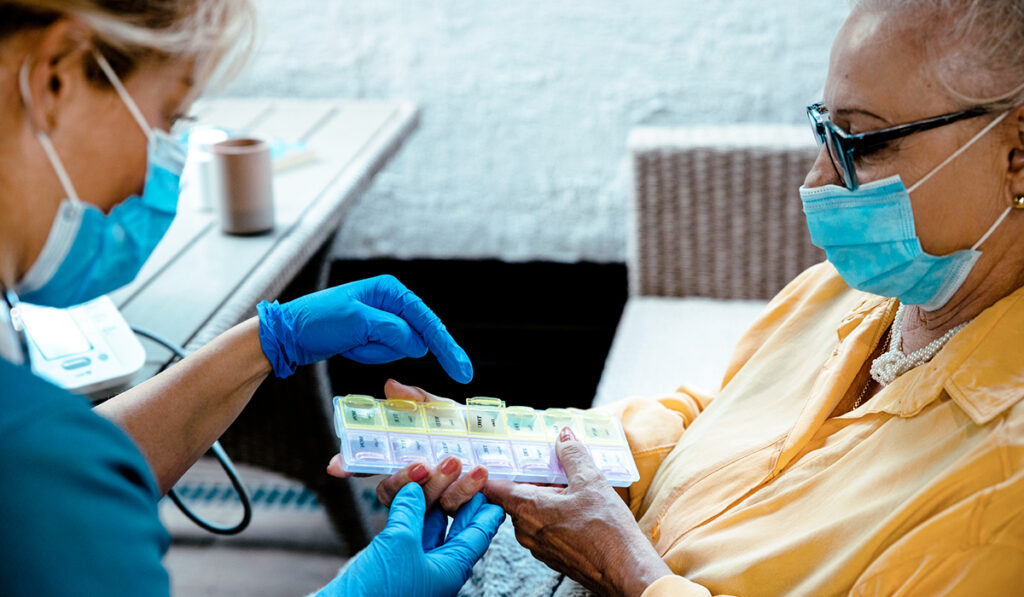Despite ongoing efforts to reduce overprescribing, prescription-related opioid death rates continue to increase, with attributed deaths approaching 17,000 in 2021 – up from 14,000 in 2019.
Surgical specialties are the source of 10 percent of prescribed opioids in the United States. With many surgeries, including anorectal surgeries, now performed in outpatient settings, postoperative pain can be a challenge, often requiring patients to manage their pain at home.
“There are limited evidence-based guidelines for postoperative pain management in patients undergoing outpatient anorectal surgery,” said Alexander Hawkins, M.D., an associate professor of surgery and director of the Colorectal Research Center at Vanderbilt University Medical Center.
To address this knowledge gap, Hawkins and his team studied patient opioid use and created prescribing recommendations for anorectal procedures. Collaborators include Vanderbilt colleagues Melissa A. Hite, M.D., Molly M. Ford, M.D., and Timothy M. Geiger, M.D.
Opioid Utilization: Opportunities for Improvement
The researchers conducted an observational cross-sectional study that included 104 participants who underwent an outpatient anorectal procedure between January and May 2018. After surgery, participants were surveyed on opioid consumption, surgical experience, and pain-level satisfaction. Results were presented at a conference of the American Society of Colon and Rectal Surgeons.
After analyzing the surveys, researchers found that patient satisfaction with pain control was 85.6 percent. Twenty-five percent participants reported leftovers from their opioid prescription, while 9.6 percent requested refills.
Results from secondary analyses showed participants used opioids for a median of three days, within a range of 0-30 days.
“Most of our patients were satisfied with pain control,” Hawkins said. “However, we also observed overprescribing patterns at our institution.”
Recommendations for Better Prescribing
Hawkins noted that their results are consistent with the current literature, suggesting that prescribing practices are widely variable, which contributes to opioid overprescribing.
A previous institutional study found that most patients undergoing outpatient anorectal surgery only require five to 10 tablets of oxycodone 5 mg or its equivalent for adequate pain management postoperatively. Others have reported that up to 80 percent of pills prescribed are not used.
“Our study strengthens the current body of evidence, as our observations were similar,” Hawkins said. “We found that the median number of pills to achieve adequate pain control ranged from two to 16 tablets of oxycodone 5 mg.
“We encourage the use of a multimodal pain-control approach to pain management,” he added.
Building a Framework
Hawkins reiterated that each institution is unique in its postoperative care protocols for outpatient anorectal surgery. With the knowledge that standardization is possible in this setting, he recommended that administrators use their data, combined with previously published data and clinical experience, to develop evidence-based prescribing guidelines for their institution.
Hawkins also acknowledged that, while the ability to create standardized recommendations is important to minimize opioid overprescribing, it is also important to consider the patient’s pain level prior to surgery and use best clinical judgment.




